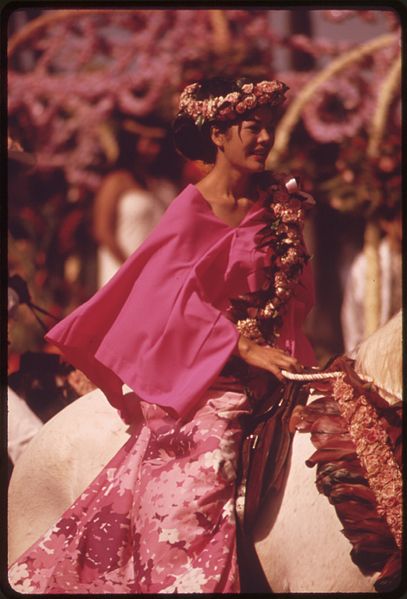
A nation is born when an ensemble of people, social groups, and associations... coalesce into a whole that is clearly distinct from everything outside it.
A nation is born when an ensemble of people, social groups, and associations dedicated to the private good—or cumulatively to the private and the common good—coalesce into a whole that is clearly distinct from everything outside it. It becomes a closed circuit of an ethnic, cultural, social, economic, and political character, and does not allow itself to be included or federated into any larger whole. The common good of this nation, which constitutes a state when politically organized, hovers above the good of each of the constituent groups. The latter, in turn, hovers over the good of each individual.[1]

"A region is a territorial reality with an ensemble of constituent elements similar to those of a nation. "
An analogous affirmation could be made with regard to a region. A region is a territorial reality with an ensemble of constituent elements similar to those of a nation. It differs from the nation in that it does not embrace all the constituent elements of a nation, but only a significant part of them. The difference between the various regions of a nation results from the fact that the constituent elements usually vary from one region to another.
A comparison may clarify this point. Regions differ from each other and from the nation as a whole like different carvings in the same stone. Nations differ from one another like one statue from another.

"It differs from the nation in that it does not embrace all the constituent elements of a nation, but only a significant part of them."
Sovereignty is proper to nations; autonomy is proper to regions. An example of this is found in federal states, which are sovereign and composed of autonomous federated units.

"The difference between the various regions of a nation results from the fact that the constituent elements usually vary from one region to another." Aloha Day Parade in Hawaii
Plinio Corrêa de Oliveira, Nobility and Analogous Traditional Elites in the Allocutions of Pius XII: A Theme Illuminating American Social History (York, Penn.: The American Society for the Defense of Tradition, Family, and Property, 1993), p. 88-89.
[1] The term hovers requires an explanation. It suggests a superiority that exists for the benefit of the successively lower orders. The State is at the summit of this social structure; at times it is like a roof that weighs upon the walls but at the same time protects them from inclement weather; at times it is like a tower that hovers over a group of buildings, adding beauty to them, serving as a bridge between the earthly and the heavenly, inspiring enchantment, enthusiasm, and elevation of spirit in those over whom it hovers.
Like a roof or a tower, the state structure should have all the necessary solidity, combined with the maximum lightness: one pound less than necessary may cause its downfall; one pound more than necessary may impart a certain ungraceful and oppressive aspect to the structure.
Nobility.org Editorial Comment: —
The link between the nobility and analogous traditional elites on the one hand and their regions and nation on the other is so intimate, that one could say they are inseparably intertwined.
In a certain way, a king personifies his nation. Not only does he symbolize the nation’s unity and cohesion, but he represents its history too.
At their social level, the nobility and analogous traditional elites play a similar role in the geographical areas and among the people they are connected with. They symbolize the unity and cohesion of regions, counties, cities, or townships and the people living within them.
Even where this intimate relationship between nobility and region is no longer reflected in political terms, it should nevertheless still play its part, with the nobility imparting over their regions a good influence and a socio-cultural leadership that is enriched by the unbreakable bonds of lasting and true affection.











